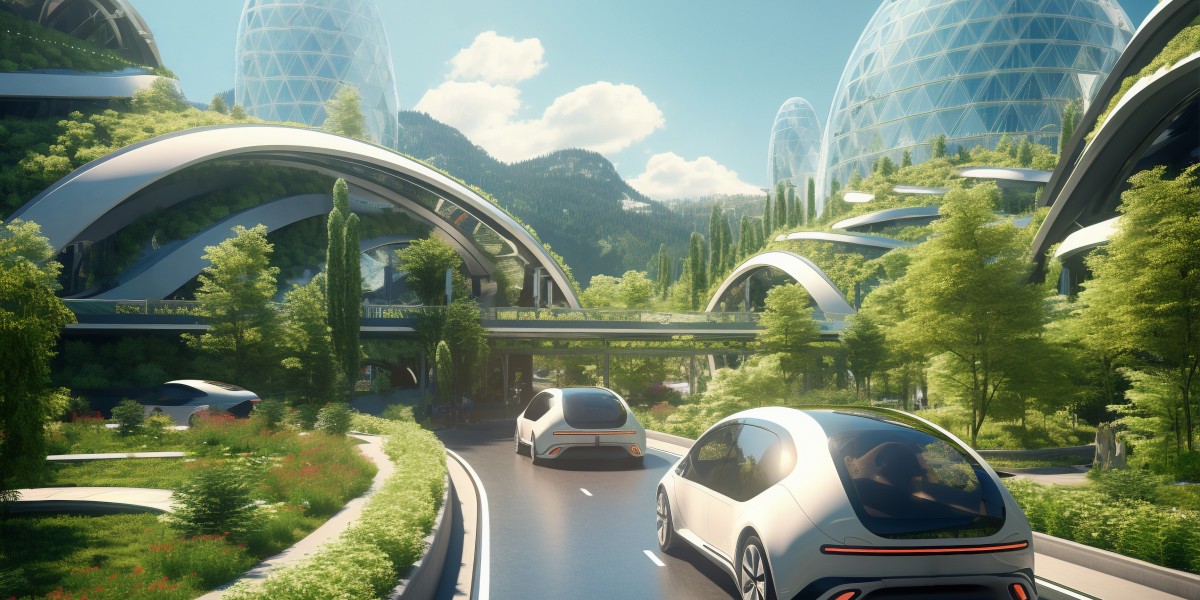1. Smart and Connected Transportation Systems
One of the most significant advancements in mobility engineering is the development of smart and connected transportation systems. These systems integrate IoT (Internet of Things) devices, AI algorithms, and cloud computing to enhance real-time traffic management, improve road safety, and optimize vehicle performance.
For instance, smart traffic signals powered by AI can adjust in real time based on traffic patterns, reducing congestion in urban areas. Additionally, vehicle-to-everything (V2X) communication enables cars to share data with each other and with surrounding infrastructure, improving traffic flow and preventing accidents.
2. Electric and Sustainable Mobility Solutions
The push toward sustainability has led to a surge in electric mobility solutions. Electric vehicles (EVs) are no longer a niche market but are becoming mainstream, thanks to advancements in battery technology and a growing network of charging infrastructure.
Governments worldwide are investing in renewable energy sources to power EV charging stations, further reducing the carbon footprint of transportation. Engineers are also exploring alternative sustainable solutions such as hydrogen fuel cells, which offer long-range, zero-emission mobility options.
3. Autonomous and AI-Powered Mobility
Autonomous mobility is another game-changer in transportation. Self-driving vehicles, powered by AI and machine learning, are being tested worldwide to improve safety and efficiency. These vehicles rely on advanced sensors, LiDAR, and real-time data analytics to navigate roads without human intervention.
Beyond self-driving cars, AI is also revolutionizing public transport and logistics. AI-powered predictive maintenance ensures that public transport systems remain in top condition, minimizing downtime and service disruptions. However, challenges remain, including regulatory approvals, ethical concerns, and ensuring AI-driven mobility systems are safe for widespread use.
4. Mobility-as-a-Service (MaaS)
Mobility-as-a-Service (MaaS) is transforming the way people access transportation by integrating various mobility options into a single digital platform. MaaS enables users to plan, book, and pay for multimodal trips seamlessly, combining public transport, ride-sharing, bike-sharing, and car rentals.
Cities like Helsinki and Singapore have successfully implemented MaaS, leading to reduced traffic congestion and lower emissions. This trend is expected to grow as digital platforms continue to enhance user experience and provide more sustainable mobility choices.
5. Infrastructure and Smart Road Engineering
Mobility engineering is not just about vehicles; it also involves upgrading infrastructure to support smart mobility solutions. Innovations in road engineering, such as self-healing concrete and solar-powered roadways, are helping create more sustainable transport networks.
Moreover, the integration of 5G technology into transportation systems allows for ultra-fast communication between vehicles and infrastructure. This connectivity enhances navigation, improves road safety, and supports the expansion of autonomous vehicles.
6. Sustainable Urban Mobility Planning
Urban mobility planning has become a focal point for engineers aiming to create people-friendly cities. Sustainable mobility solutions include pedestrian-friendly street designs, expanded cycling infrastructure, and improved public transportation networks.
Cities like Amsterdam and Copenhagen have successfully implemented sustainable mobility plans, reducing car dependency and promoting healthier transportation alternatives. Engineers play a key role in designing urban spaces that prioritize accessibility, efficiency, and environmental responsibility.
7. The Future of Mobility Engineering
Looking ahead, mobility engineering will continue to evolve with advancements in technology. Future trends may include hyperloop transportation, flying taxis, and AI-powered smart cities where mobility solutions are fully integrated with urban planning.
The role of mobility engineers will be critical in shaping this future by designing efficient, safe, and sustainable transportation systems. Collaboration between governments, private companies, and research institutions will drive the next wave of mobility innovations.
Conclusion
The landscape of mobility engineering is rapidly transforming, driven by smart technologies, sustainability efforts, and innovative infrastructure solutions. Trends such as electric vehicles, autonomous mobility, and MaaS are revolutionizing how people commute and how cities function.
By embracing these trends, engineers and policymakers can create efficient, eco-friendly, and seamless mobility systems that benefit both individuals and the environment. As mobility engineering continues to advance, the future of transportation looks more connected, intelligent, and sustainable than ever before.







